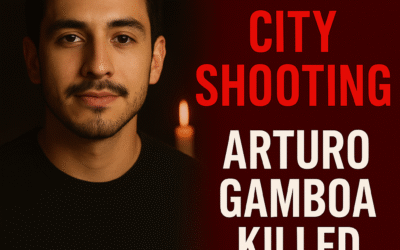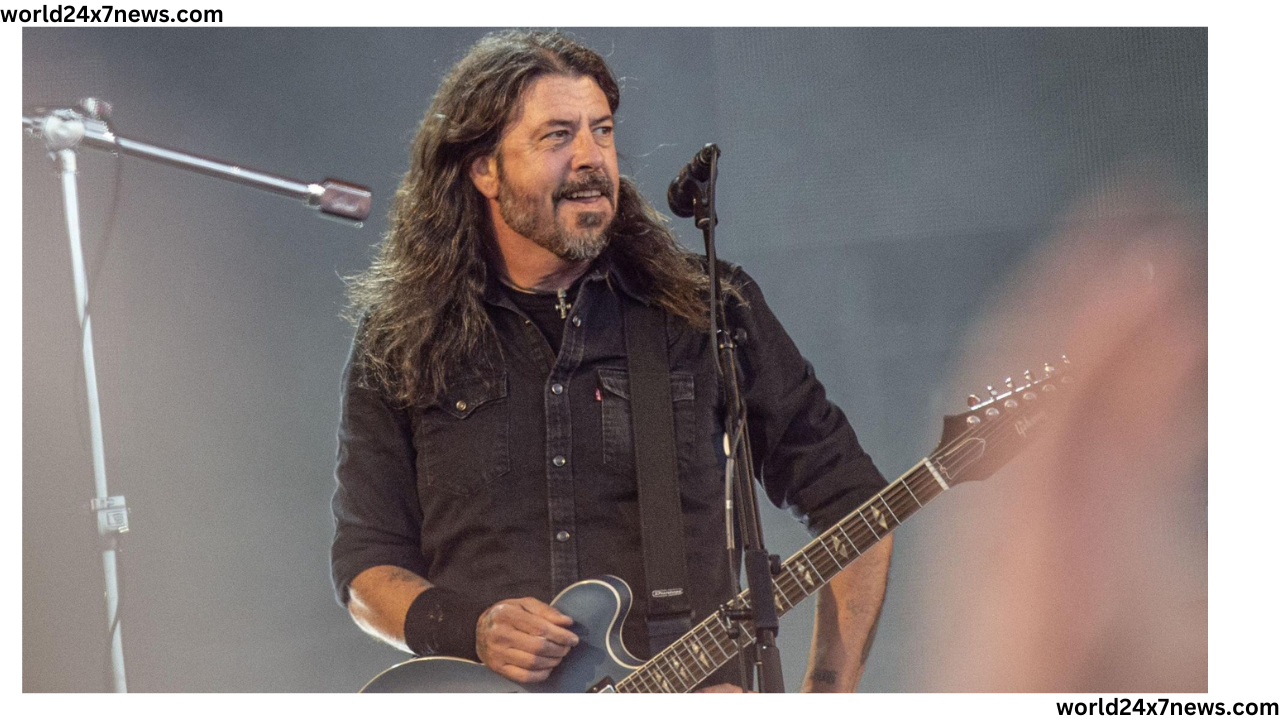Día de San Patricio: Embracing Irish Culture and Traditions

Día de San Patricio: Embracing Irish Culture and Traditions
Día de San Patricio, or Saint Patrick’s Day, is a cultural and religious celebration held on March 17th each year. While it originated as a religious feast day honoring the patron saint of Ireland, Saint Patrick, it has evolved into a global celebration of Irish culture and heritage.
Origins of Día de San Patricio
Legend has it that Saint Patrick, a fifth-century missionary and bishop, brought Christianity to Ireland and drove out snakes, symbolizing the triumph of good over evil. Over time, the holiday became associated with Irish identity and pride, celebrated with feasting, parades, and religious observances.
Celebrations in Ireland
In Ireland, Día de San Patricio is a public holiday marked by parades, festivals, and gatherings. Cities like Dublin and Cork host vibrant celebrations, featuring colorful floats, traditional music, and dance performances. The festivities often extend over several days, with locals and tourists alike joining in the revelry.
Día de San Patricio around the world
While Día de San Patricio originated in Ireland, it is now celebrated in countries around the world, especially those with large Irish communities. Cities like New York, Boston, and Chicago host some of the largest Saint Patrick’s Day parades outside of Ireland, attracting millions of spectators each year.
Symbols and Traditions
Shamrocks, leprechauns, and the color green are iconic symbols associated with Día de San Patricio. The shamrock, a three-leaf clover, is said to have been used by Saint Patrick to explain the concept of the Holy Trinity. Leprechauns, mythical creatures from Irish folklore, are often depicted as mischievous elves who hide pots of gold at the end of rainbows.
The Color Green
The color green holds special significance on Día de San Patricio, symbolizing Ireland’s lush landscapes and the arrival of spring. From green attire to green-dyed rivers, the color dominates the festivities, with participants donning green hats, shirts, and accessories to show their spirit.
Traditional Irish Foods
Traditional Irish foods are an integral part of Día de San Patricio celebrations. Favorites include corned beef and cabbage, Irish stew, soda bread, and colcannon—a dish made with mashed potatoes, cabbage, and butter. Many pubs and restaurants offer special menus featuring these classic dishes during the holiday.
Modern Celebrations
While rooted in tradition, Día de San Patricio has also embraced modern elements. Festivities now include live music performances, craft beer tastings, and pub crawls. Some cities even host themed events like green-themed parties, scavenger hunts, and outdoor concerts to appeal to a younger audience.
Commercialization of Día de San Patricio
In recent years, Día de San Patricio has become increasingly commercialized, with retailers offering themed merchandise and promotions. From green apparel to novelty items like shamrock-shaped sunglasses, businesses capitalize on the holiday to boost sales and attract customers.
Impact of Día de San Patricio on Tourism
Día de San Patricio has become a major tourist attraction, drawing visitors from around the world to Ireland and other destinations with large Irish populations. The influx of tourists provides a significant economic boost, supporting local businesses and stimulating growth in the hospitality industry.
Día de San Patricio in the Digital Age
In the digital age, social media plays a significant role in Día de San Patricio celebrations. Platforms like Instagram, Twitter, and Facebook are flooded with photos and videos of parades, parties, and green-themed decorations. Online communities share recipes, DIY crafts, and travel tips for experiencing the holiday to the fullest.
Environmental Concerns
Amid the festivities, there is growing awareness of the environmental impact of Día de San Patricio celebrations. Efforts are underway to promote sustainability initiatives, such as reducing plastic waste, conserving water, and encouraging eco-friendly practices during events and gatherings.
Inclusive Celebrations
Día de San Patricio celebrations have become more inclusive, embracing diversity and welcoming people of all backgrounds to participate. LGBTQ+ communities, in particular, have played a significant role in shaping the modern-day festivities, organizing pride-themed events and advocating for equality and inclusion.
Educational Initiatives
Schools and educational institutions use Día de San Patricio as an opportunity to teach students about Irish culture, history, and traditions. Lessons may include storytelling, music and dance performances, and arts and crafts projects inspired by Irish folklore and mythology.
Conclusion
Día de San Patricio is more than just a day of revelry; it’s a celebration of Irish culture, heritage, and community. From its humble origins in Ireland to its global reach today, the holiday continues to evolve while retaining its rich traditions and symbols. Whether you’re enjoying a pint of Guinness at a local pub or joining a parade in your city, Día de San Patricio is a time to come together, celebrate, and embrace the spirit of the Irish.
FAQs (Frequently Asked Questions)
- What is the significance of Saint Patrick’s Day? Saint Patrick’s Day commemorates the patron saint of Ireland, Saint Patrick, and celebrates Irish culture and heritage.
- Why is green associated with Saint Patrick’s Day? Green is associated with Saint Patrick’s Day because it symbolizes Ireland’s lush landscapes and the arrival of spring.
- What are some traditional Irish foods eaten on Saint Patrick’s Day? Traditional Irish foods eaten on Saint Patrick’s Day include corned beef and cabbage, Irish stew, soda bread, and colcannon.















